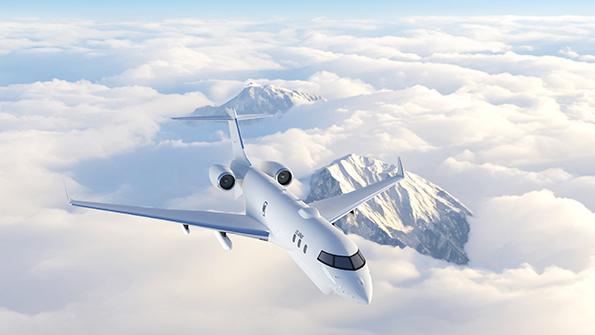
The Army awarded SNC a contract in August to build its future high-altitude intelligence, surveillance and reconnaissance fleet.
Credit: Sierra Nevada Corp.
The goal is to build something like a new Palmdale—but in the middle of Ohio. Sierra Nevada Corp. (SNC) in October will cut the ribbon on the second building of a four-hangar complex on the north side of Dayton International Airport while breaking ground on the next two. The site is where work is...
Sierra Nevada Corp. Begins Work On Contracts That Will Reshape It is part of our Aviation Week & Space Technology - Inside MRO and AWIN subscriptions.
Subscribe now to read this content, plus receive full coverage of what's next in technology from the experts trusted by the commercial aircraft MRO community.
Already a subscriber to AWST or an AWIN customer? Log in with your existing email and password.





